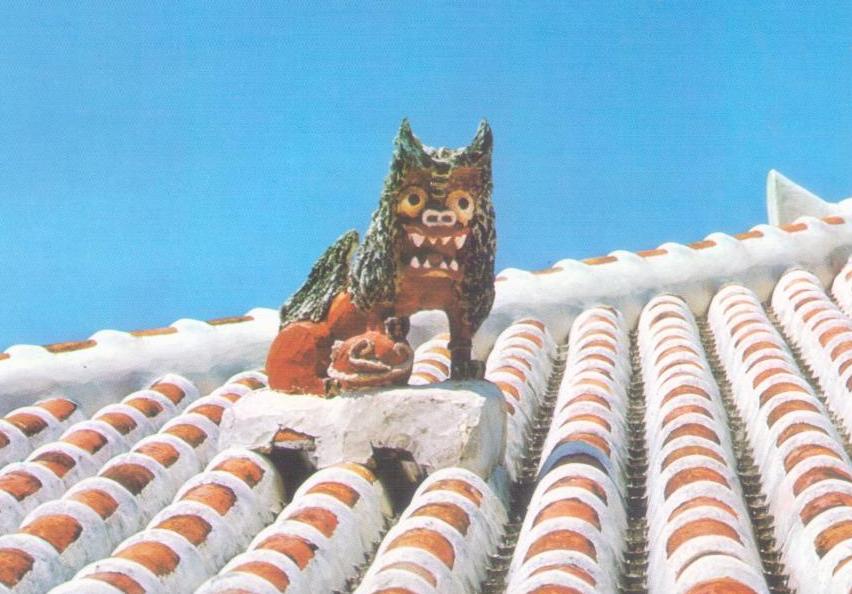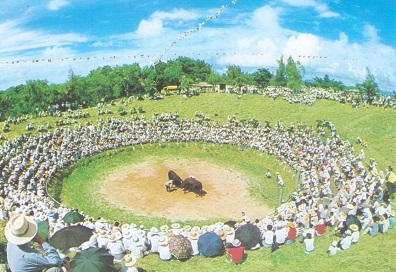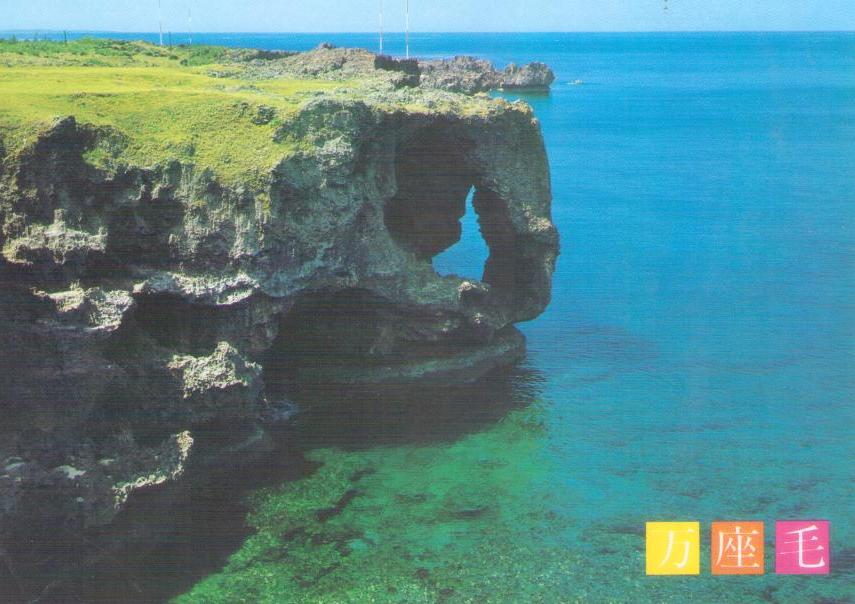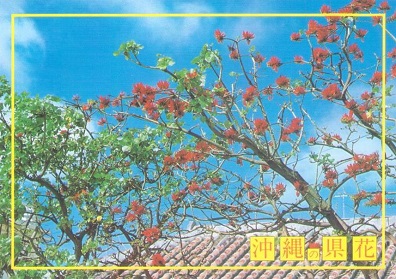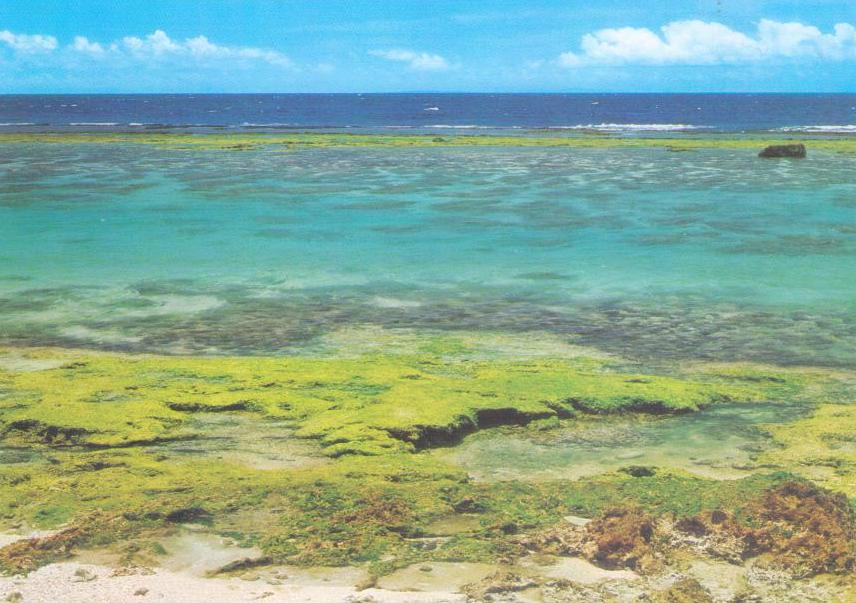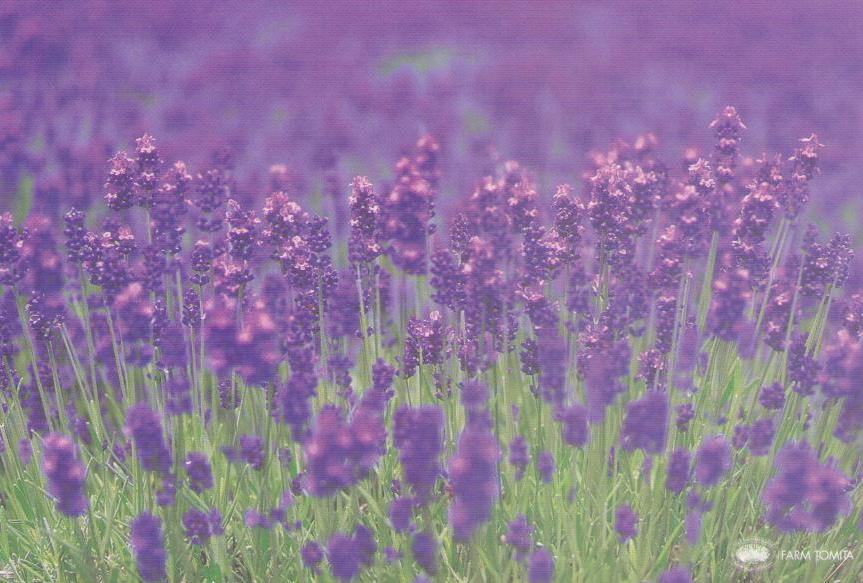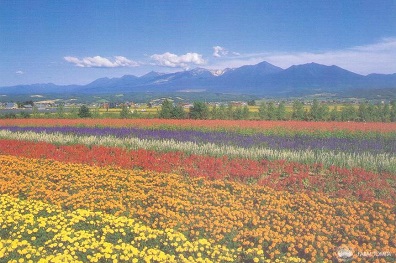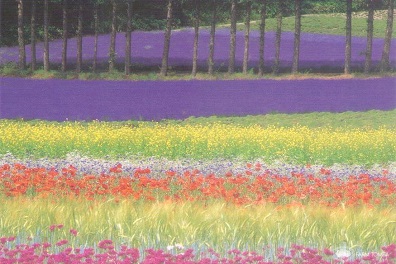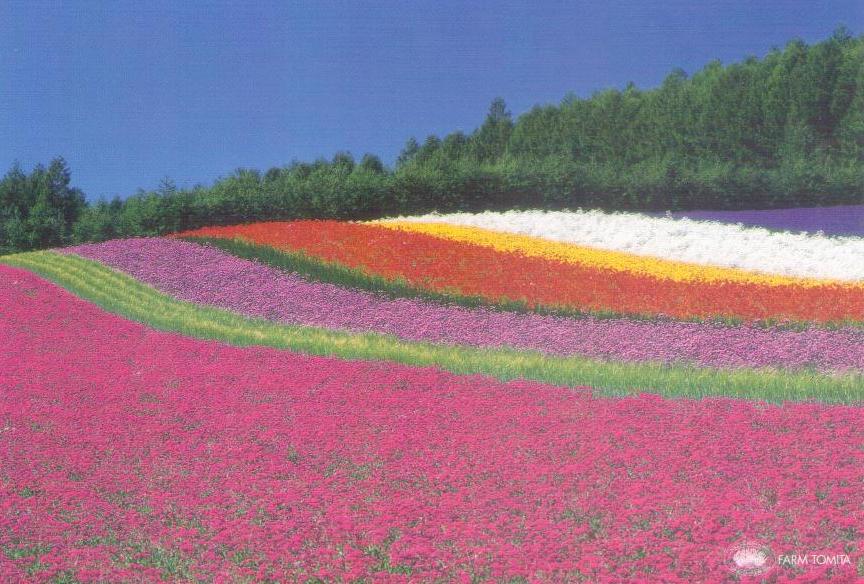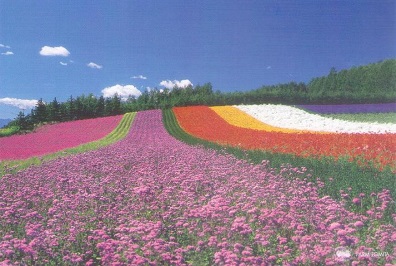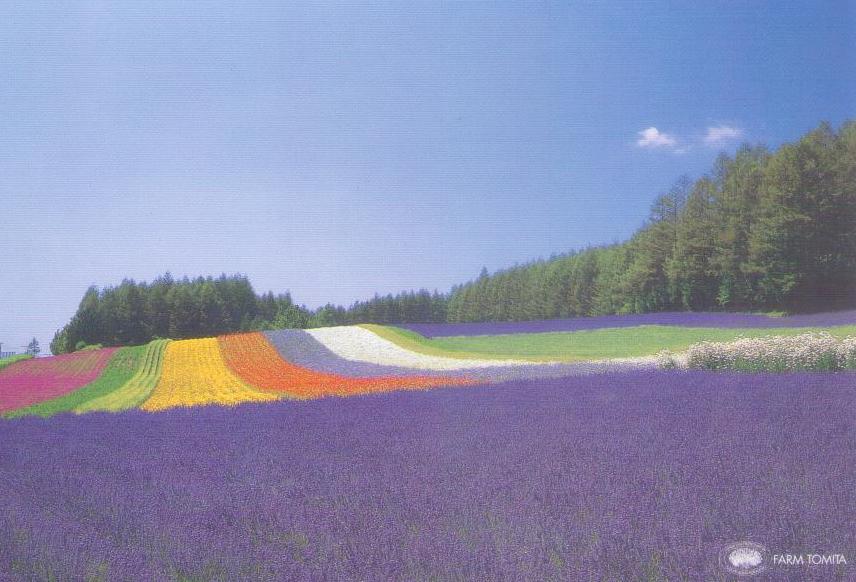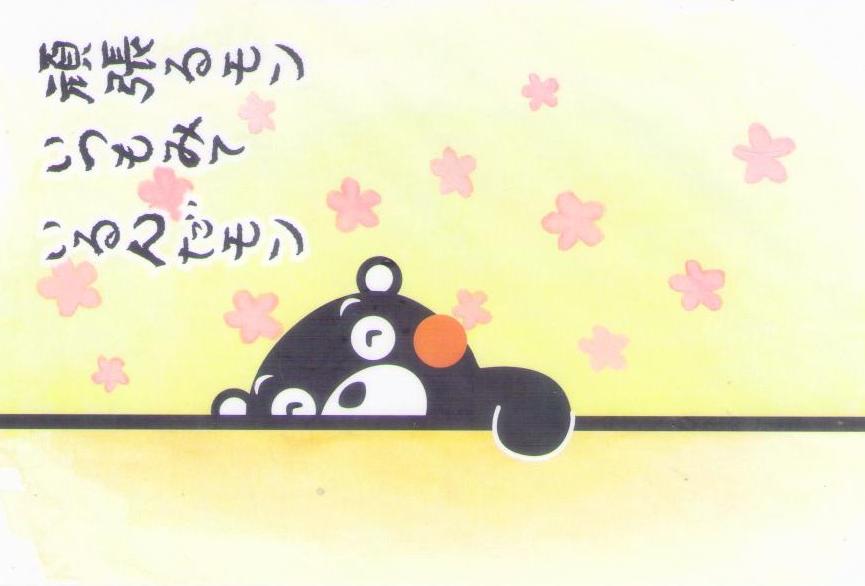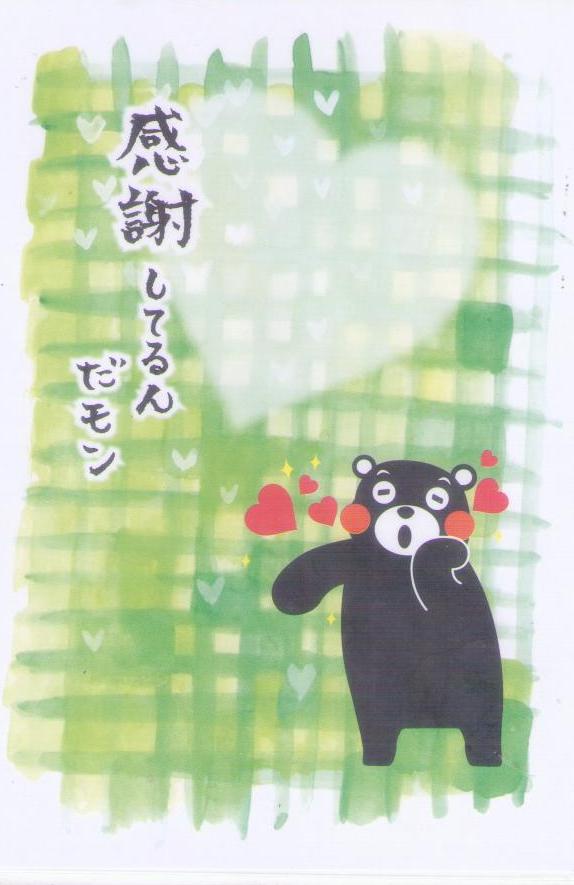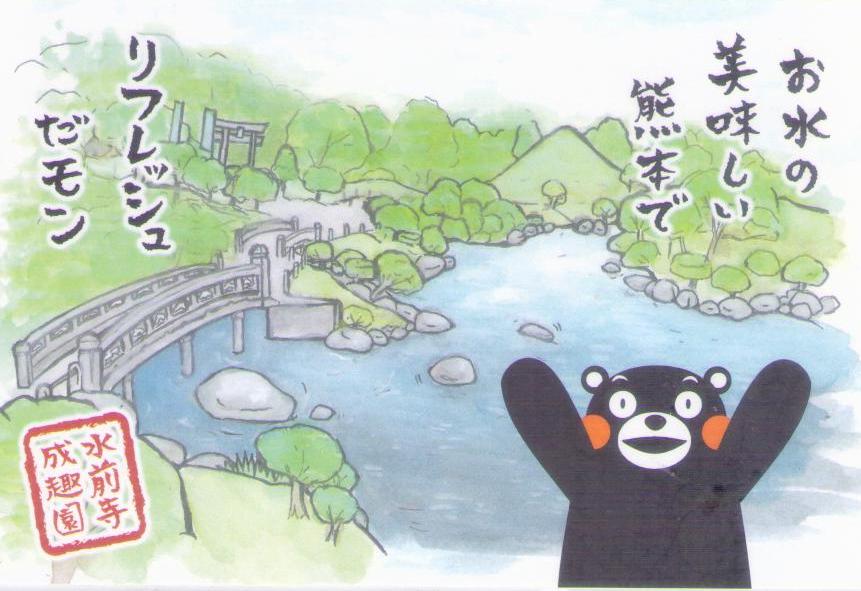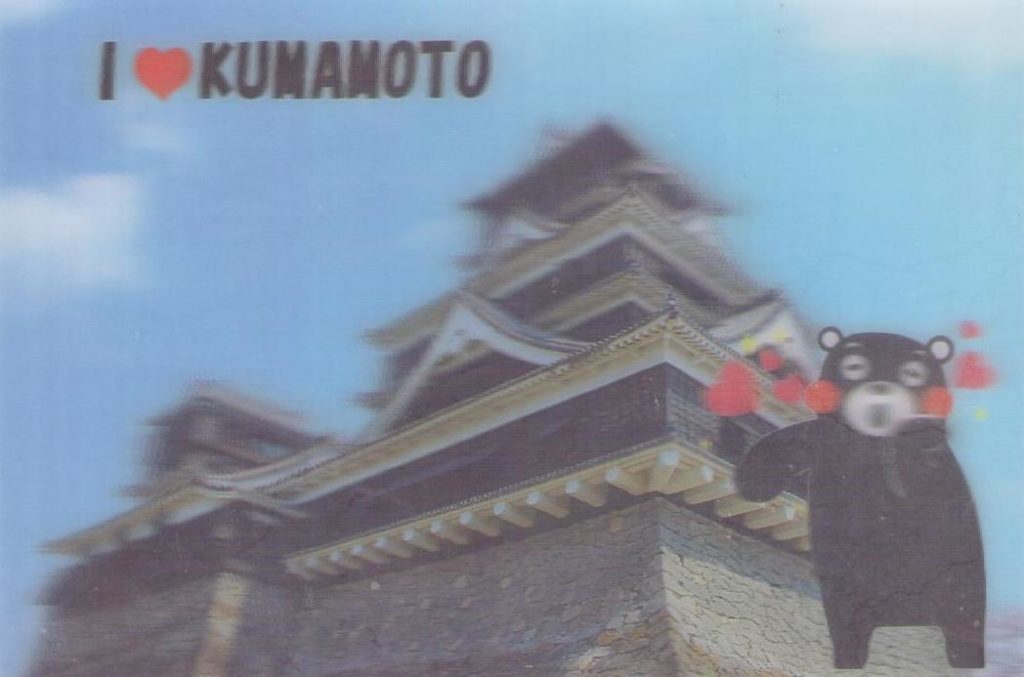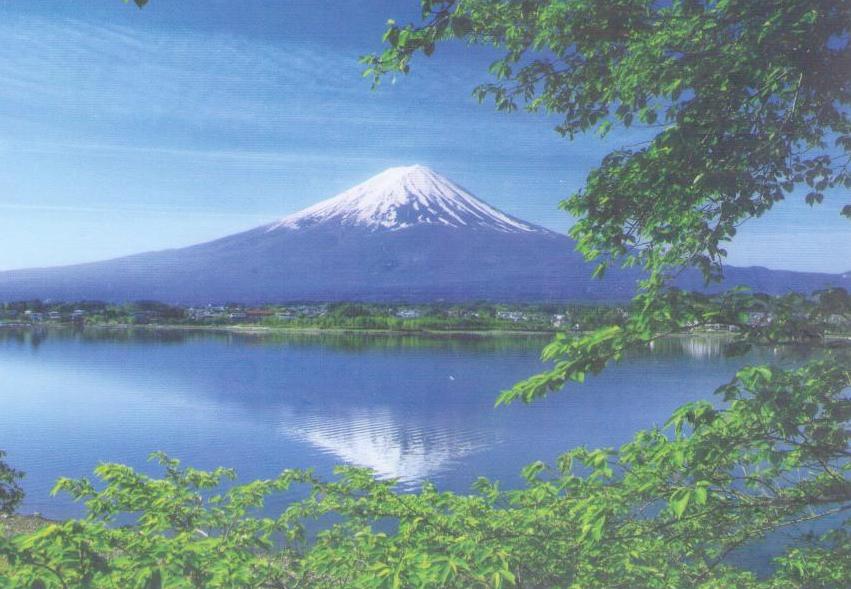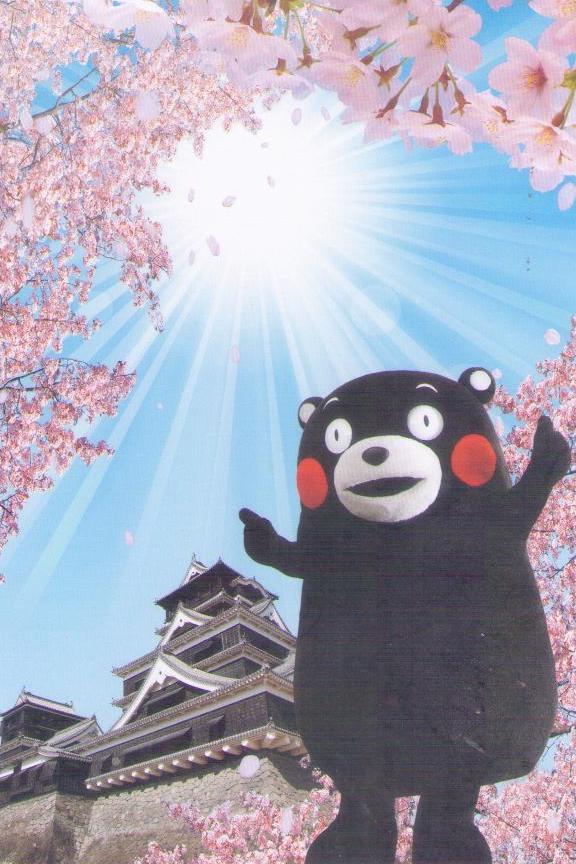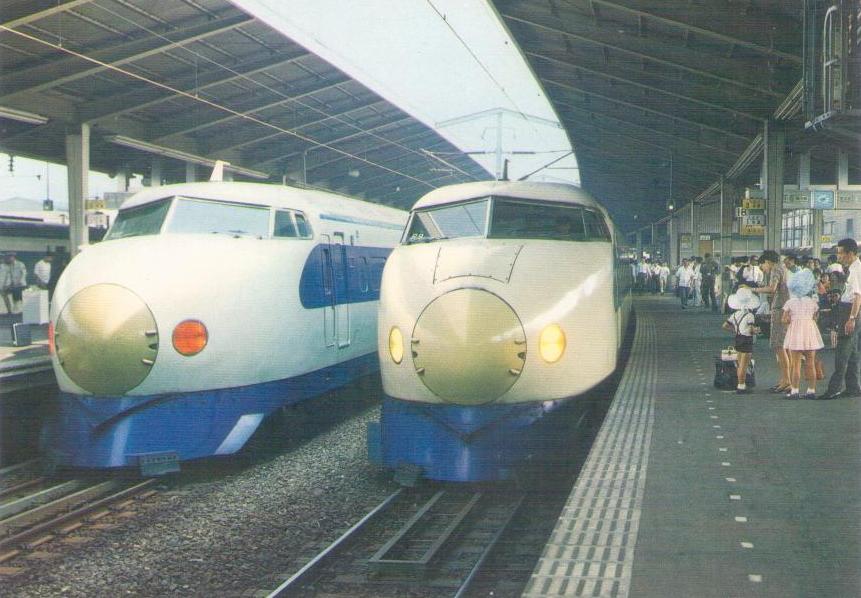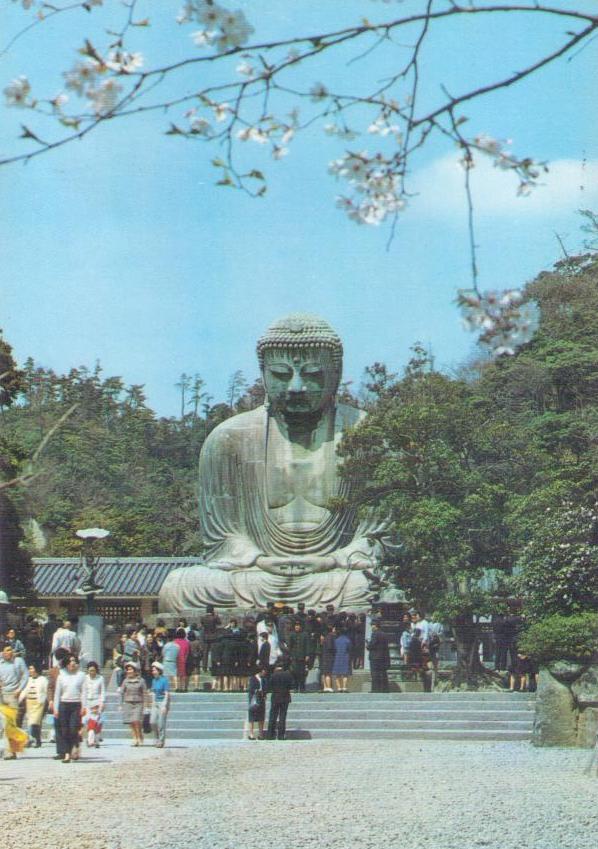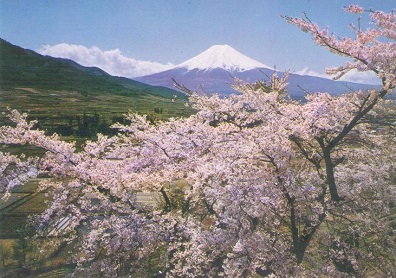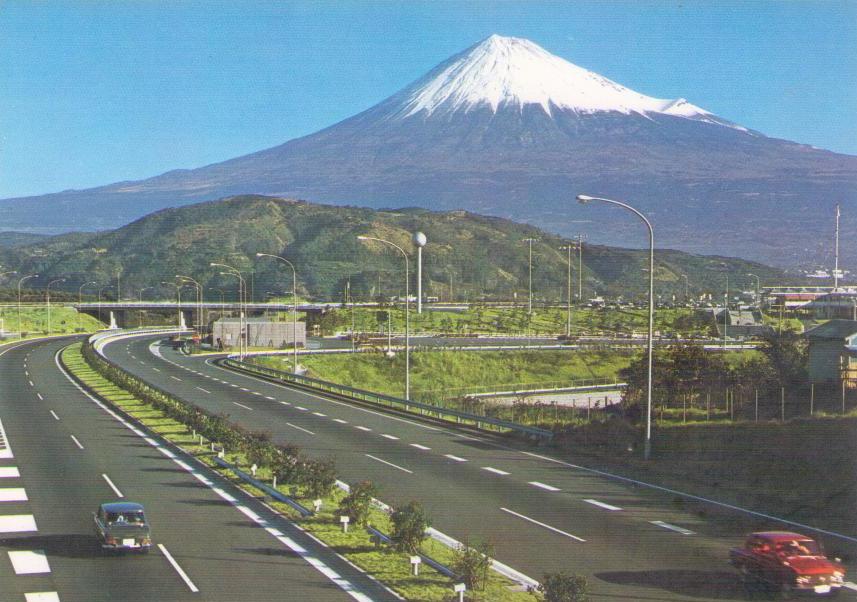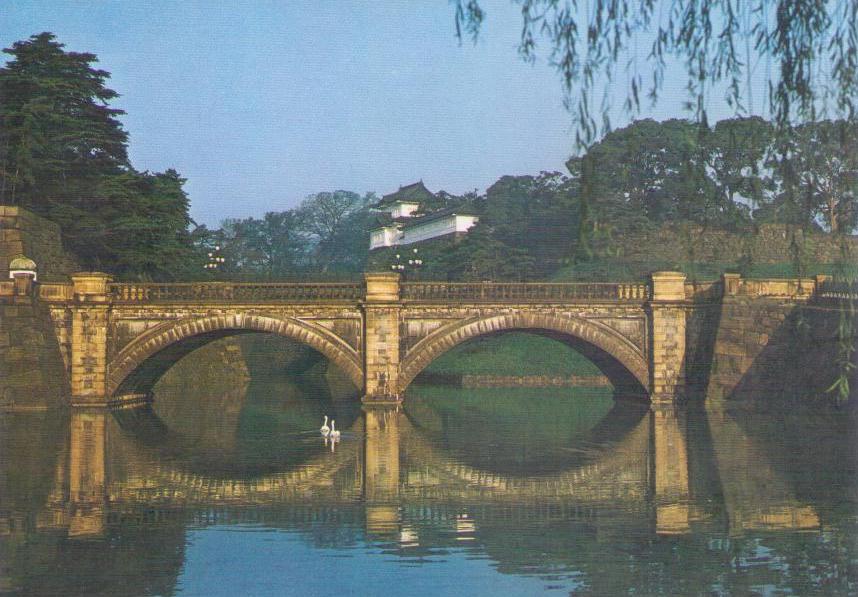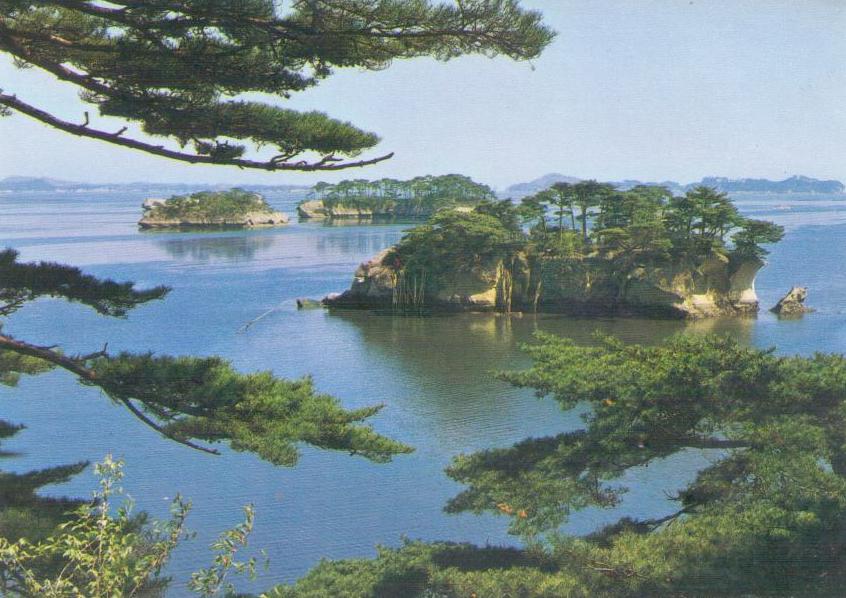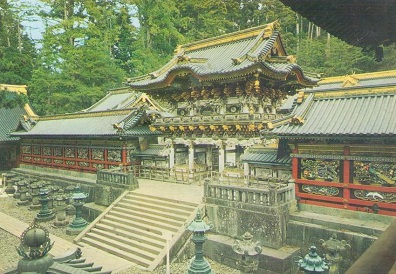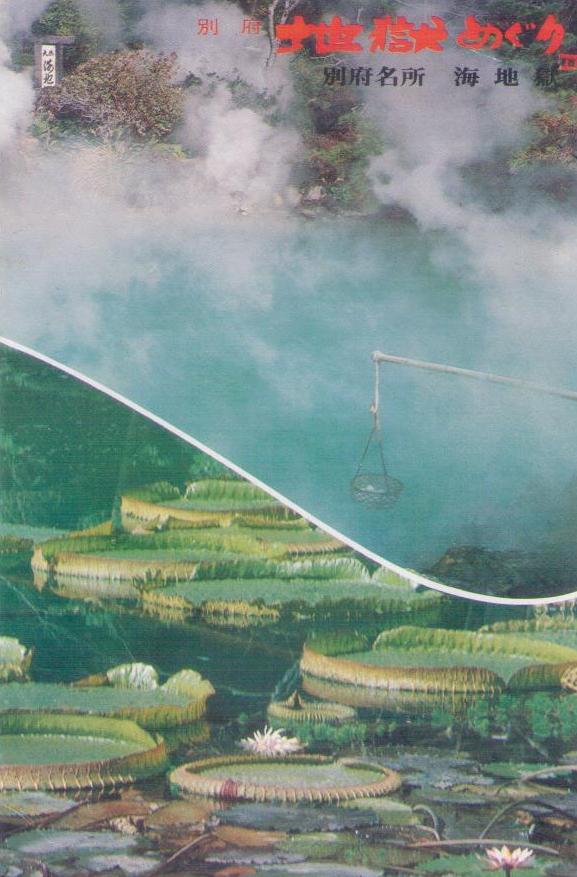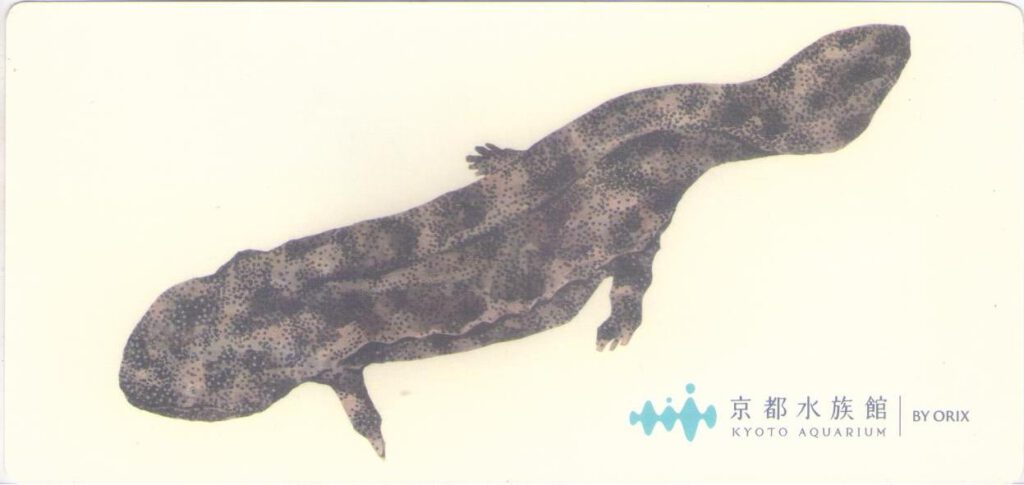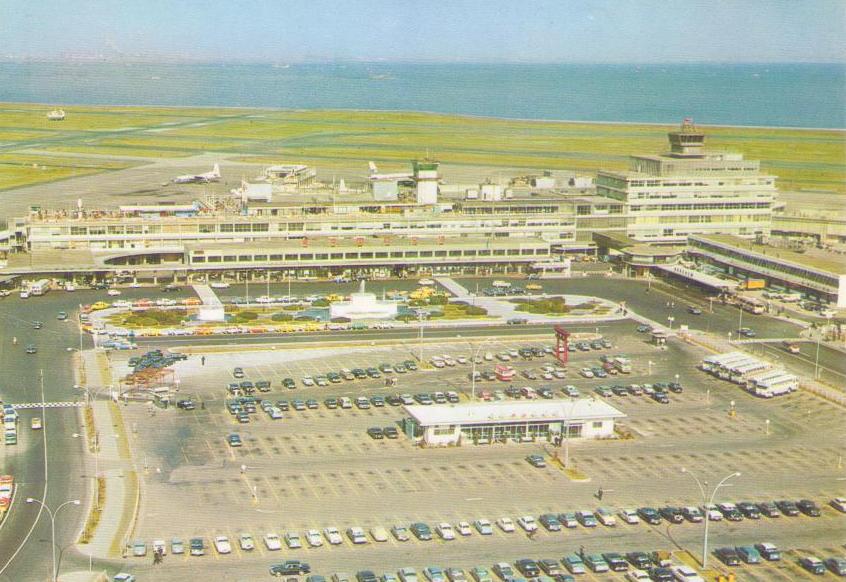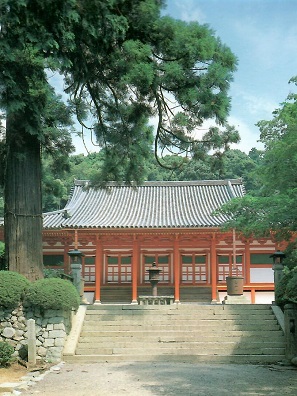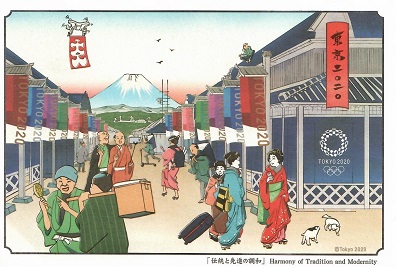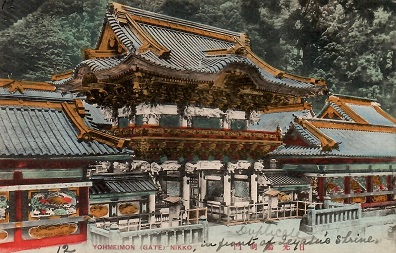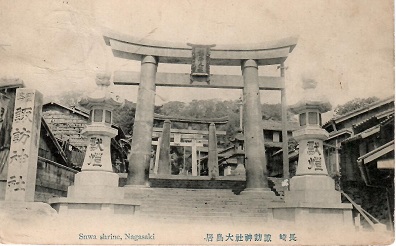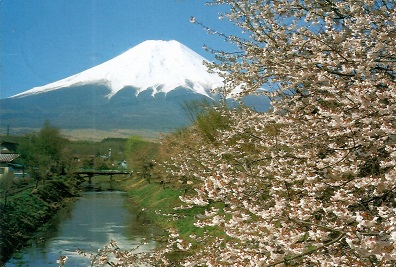-
Okinawa, Shiisaa
Continuing a series of unused cards, captioned (usually) briefly in Chinese, then Japanese, then more of an often-colourful and enjoyable English. Grade: 1
-
Okinawa, Bull Fighting
Continuing a series of unused cards, captioned (usually) briefly in Chinese, then Japanese, then more of an often-colourful and enjoyable English. Not from the caption, but from Wikipedia, we want to stress this: “Tōgyū (闘牛) also known as ushi-zumo or Bull sumo, is a spectator sport native to the Ryukyu Islands … Although sometimes known to Westerners as “Okinawan bullfighting”, it is drastically different from the Spanish or Portuguese style of bullfighting where the matches are between a bull and a human, with blood being spilt. Tōgyū has more in common with northern Portugal’s sport of chegas and the Swiss sport of cow fighting. During matches, the bulls lock horns and attempt to force each other to give up ground. Each bull has a coach who helps to keep the bulls locked in conflict and encourages their bull to win. The match is over when one of the bulls tires and withdraws, losing the match. The coaches take great care to prevent the bulls from harming each other and the fight is immediately over if one of them accidentally gores the other.” Grade: 1
-
Okinawa, Manzamo
Continuing a series of unused cards, captioned (usually) briefly in Chinese, then Japanese, then more of an often-colourful and enjoyable English. This card tells you the meaning of “Manzamo”. You will marvel at how much goes into such a short word. Grade: 1
-
Okinawa, Deigo Flowers
Continuing a series of unused cards, captioned (usually) briefly in Chinese, then Japanese, then more of an often-colourful and enjoyable English, which in this case tells us the flower’s wood is used for lacquerware. But Wikipedia tells us more: “Erythrina variegata (syn. E. indica); tiger’s claw, Indian coral tree and sunshine tree; is native to the tropical and subtropical regions of eastern Africa, the Indian Subcontinent, northern Australia, and the islands of the Indian Ocean and the western Pacific Ocean east to Fiji. E. variegata is valued as an ornamental tree. In Vietnam, the leaves are used to wrap fermented meat. Erythrina variegata is known as dapdap in the Philippines where its bark and leaves are used in alternative medicine. In Siddha medicine, it is used especially for menstrual disorders and fissures at penis tip (Tamil: ஆண்குறிப்புண்).” Penis fissures? Grade: 1
-
Okinawa, Sea
Completing a series of unused cards, captioned (usually) briefly in Chinese, then Japanese, then more of an often-colourful and enjoyable English. This card is no exception either. Grade: 1
-
Sapporo Grand Hotel
Unused, really high-quality glossy postcard clearly not of the hotel, but issued by it. The explanation is on the front, but only in Japanese. Grade: 1 (We must verify availability)
-
Nakafurano, Farm Tomita, Lavender
This farm in Hokkaido is all about lavender. You like lavender ice cream? Every other flower is a bonus. Unused card. Grade: 1
-
Nakafurano, Farm Tomita, many colours and hills
Unused. Grade: 1
-
Nakafurano, Farm Tomita, trees
Unused. Grade: 1
-
Nakafurano, Farm Tomita, red
Unused. Grade: 1
-
Nakafurano, Farm Tomita, clouds
Unused. Grade: 1
-
Nakafurano, Farm Tomita, mostly lavender
Unused. Grade: 1
-
For Kumamoto Project F06
We needed to learn more about what the Kumamoto Project was, and some searching led us to this translation from the group’s website: “In order to contribute to emergency and reconstruction support for those affected by the 2016 Kumamoto Earthquake, our corporation was established by a voluntary organization called “Kumamon Donation Box Executive Committee” led by Koyama Tsujido from Kumamoto Prefecture. In cooperation with Kumamoto Prefecture, Kumamoto City, and each Board of Education, we will use the funds received in the best way for children’s education.” So we have a few of their postcards, and two of this particular one, unused. Grades: 1
-
For Kumamoto Project F09
See our entry 20311397. One of these is available, unused. Grade: 1
-
For Kumamoto Project F13
See our entry 20311397. One of these is available, unused. Grade: 1
-
For Kumamoto Project F18
See our entry 20311397. One of these is available, unused. Grade: 1
-
I (heart) Kumamoto (3D)
Classy unused 3D card, 4-7/8″ x 7-1/8″, still in its original cellowrap. Lenticular prioduction, so no motion effect. Grade: 1
-
Mt. Fuji – World Heritage
Mt. Fuji postcards are not in short supply, but this nice unused one does acknowledge the World Heritage status. Grade: 1
-
Kumamon
Unused. Grade: 1
-
Kyoto, Maiko playing cards
Unused card, older, but because it had been in an album, there are several abrasions on the reverse, one of which interferes with the caption. But we did learn something by doing our own research: In Kyoto, these women are called geiko while in Tokyo, they are known as geisha, and a maiko is an apprentice geiko. She is a younger woman or even a child who is training in the arts of the geisha and geiko. Grade: 4
-
Bullet Trains, Tokyo Central Railroad
Unused card. The front is fine but the card had been in an album and the reverse is badly abraded. Grade: 5
-
The Budda (sic) of Kamakura
Unused older card. The front is fine; the reverse has some abrasions from having been in an album. Grade: 4
-
Mt. Fuji and Cherry in Full Blossom
Unused card with album abrasions on the reverse. Grade: 4
-
Mt. Fuji and Tomei Express Way
Unused older (1970s?) card, aging and with minor album abrasions on the back. Grade: 3
-
Nijubashi Bridge
Unused card with significant album abrasions on the back. Grade: 5
-
Pine Islands
Album abrasions obscure parts of the reverse captions. Unused card. Grade: 5
-
Yomeimori, Nikko
Unused card whose album abrasions on the reverse somewhat affect the captions. Grade: 4
-
Umi-Jigoku and Victoria Amazonica
If the volcanic hot spring in Beppu doesn’t leave you breathless, the twin (or triple) captions will. Mailed in 1987, with two different stamps and postmark. Grade: 1
-
Kyoto, New Miyako Hotel
Unused, with a faint smudge on the reverse. Grade: 2
-
Tokyo Tower
Mailed in 2020 with three different stamps and two postmarks. Grade: 1
-
Kyoto Aquarium
This is not technically a postcard and could only be used as one with some difficulty. It measures 4″ x 8-1/4″ and is fully printed on the reverse (entirely in Japanese) with the layout of the Aquarium, presumably for visitors. Unused. Grade: 1
-
Tokyo International Airport
Now commonly known as Haneda Airport, this postcard predates the arguably more famous Narita. Haneda has an interesting track record, worth Googling but too much to write about here. Unused card. Grade: 1
-
Nikkō Tōshō-gū
This very old, aging card shows Nikkō Tōshō-gū, a Tōshō-gū Shinto shrine in Tochigi Prefecture. Together with Futarasan Shrine and Rinnō-ji, it forms the Shrines and Temples of the Nikkō UNESCO World Heritage Site, with 42 structures of the shrine included in the nomination. Unused, Grade: 2
-
Unknown Temple
Mailed in 2021, this card has four different commemorative stamps, and two postmarks. The captioning is all in Japanese, so we’ve not yet identified the temple. Grade: 1
-
Tokyo 2020 Olympics
Blending ancient and modern in one design, a 2020 Olympics postcard mailed in 2021 with pre-printed coloured postage and full postmark. Grade: 1
-
Nikko, Yohmeimon
Authentically Japanese, but with extra writing on both sides. There is a caption along the bottom front edge, if you can spot it. Grade: 5
-
Nagasaki, Sowa Shrine
The front of this very old postcard is OK but the reverse is a mess of writing, missing stamp, and so forth. Grade: 4
-
Kyoto, Gold Pavilion and Maiko dancer
Kinkakuji (金閣寺, Golden Pavilion) is a Zen temple whose top two floors are completely covered in gold leaf. Formally known as Rokuonji, the temple was the retirement villa of the shogun Ashikaga Yoshimitsu, and according to his will it became a Zen temple of the Rinzai sect after his death in 1408. The thing is, it’s burned down many times, with the most recent being in 1955. We’re not certain which incarnation this old and unused but heavily stained (on the reverse) card shows. Grade: 4
-
Mt. Fuji from Oshino-mura
Yet another view of Mt. Fuji, this one on a card mailed probably in the 1980s though the stamp has come off. Grade: 4
-
Wood-Block Printer T. Tokuriki
We believe this card to be the work of Tokuriki Tomikichirō (徳力 富吉郎), who had lived in Kyoto, as the card was also mailed from there in 1961, with stamp and postmark and a message written by a person who didn’t know English all that well but whose heart was definitely in it. Grade: 1

